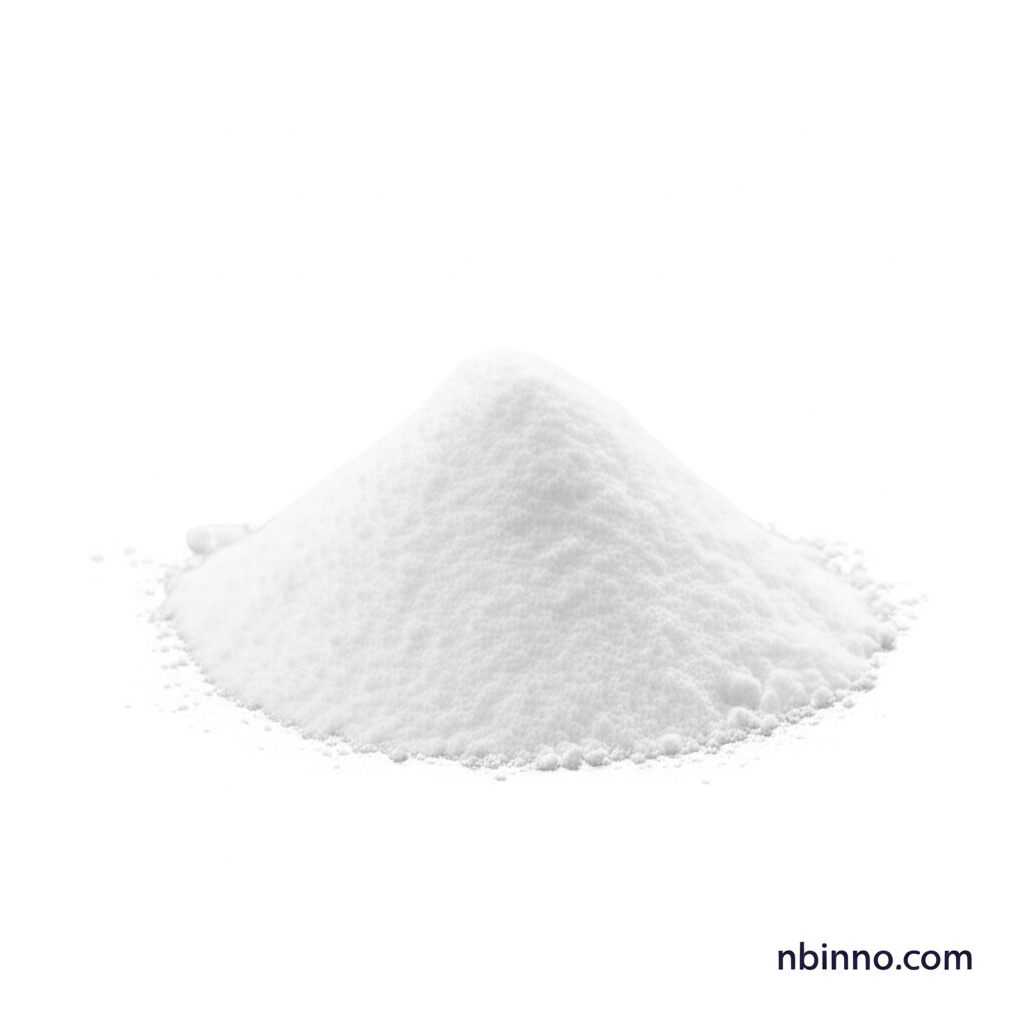Fmoc-Tyr(HPO3Bzl)-OH: Essential for Advanced Peptide Synthesis
Discover the utility of this key Fmoc-protected amino acid in solid-phase peptide synthesis.
Get a Quote & SampleProduct Core Value

Fmoc-Tyr(HPO3Bzl)-OH
Fmoc-Tyr(HPO3Bzl)-OH, identified by CAS number 191348-16-0, is a vital Fmoc-protected amino acid derivative. Its unique structure, featuring a benzylphospho group on the tyrosine side chain, makes it indispensable for the synthesis of phosphorylated peptides. This compound is a cornerstone for researchers and chemists engaged in creating complex peptide sequences through solid-phase peptide synthesis (SPPS).
- Key Fmoc protected amino acid for peptide synthesis, enabling precise chain elongation during SPPS.
- N-Fmoc-O-benzylphospho-L-tyrosine structure makes it ideal for synthesizing phosphopeptides.
- CAS 191348-16-0 ensures chemical identity for accurate research and development in the field of peptide chemistry.
- A critical building block for advanced organic synthesis, facilitating the creation of novel biomolecules and therapeutics.
Product Advantages
Enhanced Peptide Design
Utilize this phosphoamino acid building block to design and synthesize peptides with specific phosphorylation patterns, crucial for studying protein function and signaling pathways.
Streamlined Synthesis
Leverage the Fmoc protection strategy for efficient and selective deprotection steps, contributing to a more streamlined solid phase peptide synthesis workflow.
Research Versatility
As a fundamental component in Fmoc amino acid chemistry, it supports a wide range of research applications, from basic biochemical studies to the development of new pharmaceutical agents.
Key Applications
Peptide Synthesis
Essential for solid-phase and solution-phase synthesis of peptides, especially those requiring post-translational modifications like phosphorylation.
Organic Synthesis
Serves as a versatile building block in complex organic synthesis pathways, leading to novel chemical entities.
Biochemical Research
Enables in-depth studies of protein-tyrosine kinases and phosphatases by providing a model substrate or inhibitor.
Drug Discovery
Facilitates the development of peptide-based therapeutics by incorporating specific structural motifs.
